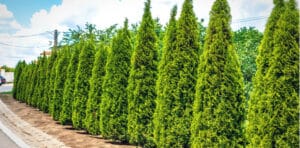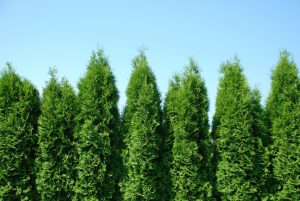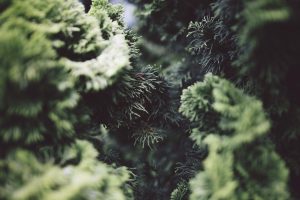How to Plant Arborvitae
Plant arborvitae in late winter or early spring to construct a privacy screen, living fence, or windbreak. Choose a well-draining spot where they get full sun or partial shade and have plenty of room to grow. Space plants according to their anticipated mature size, not how big they are when planting.







